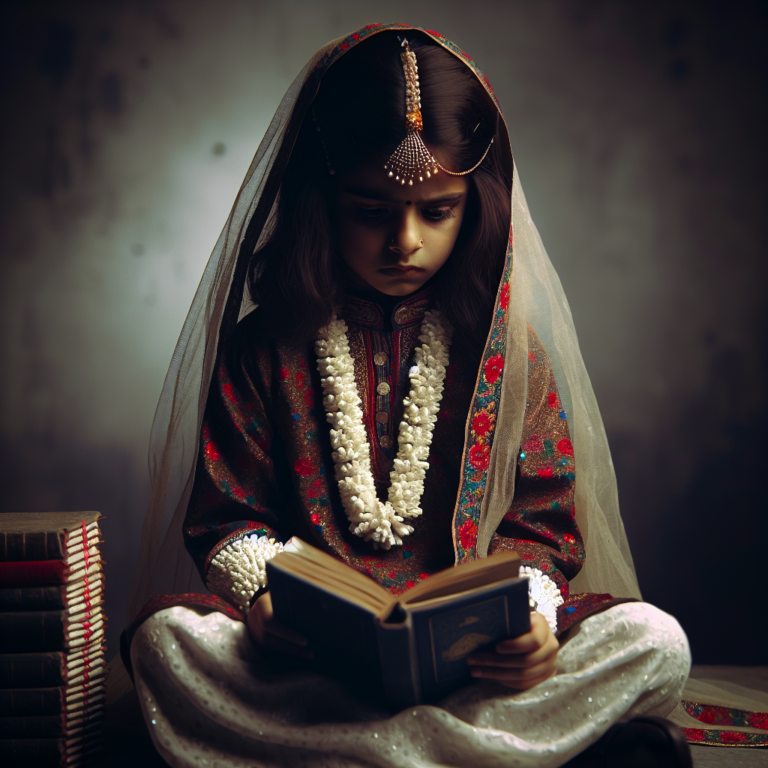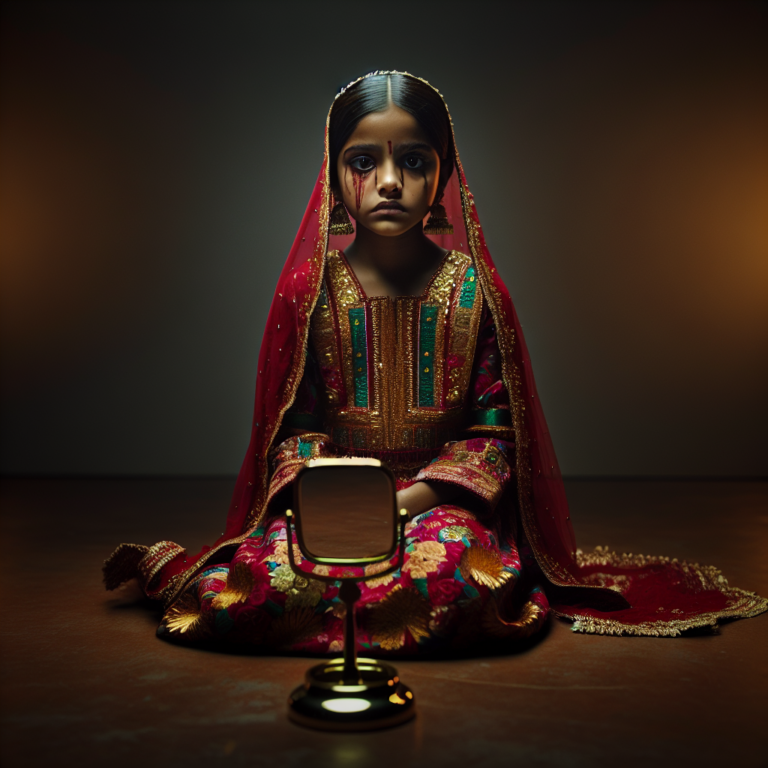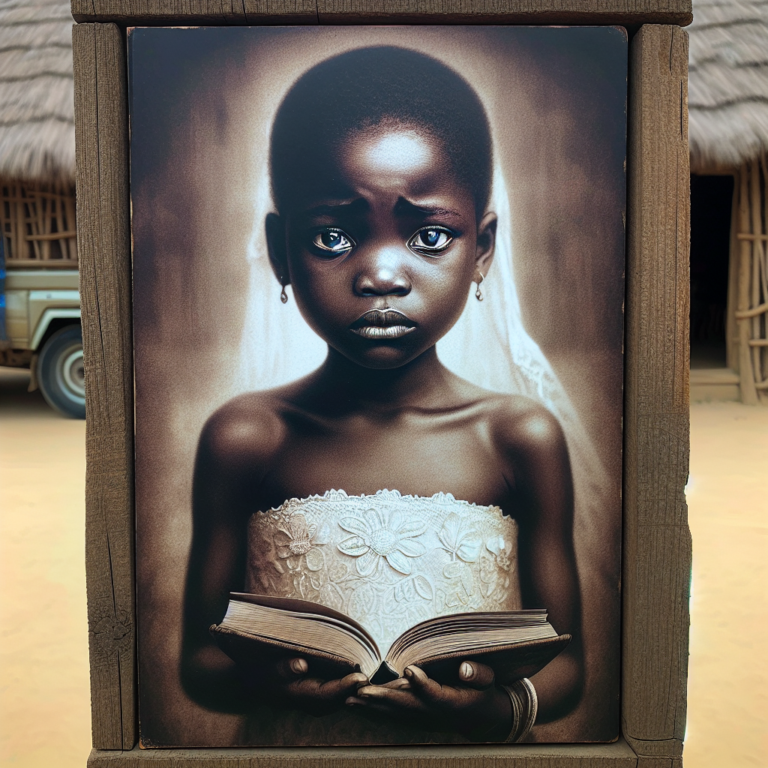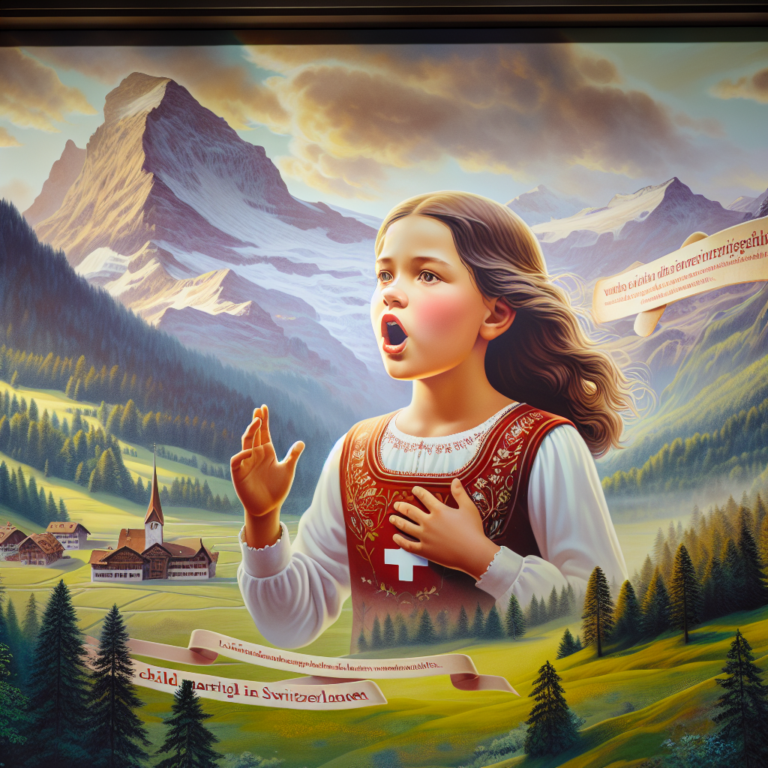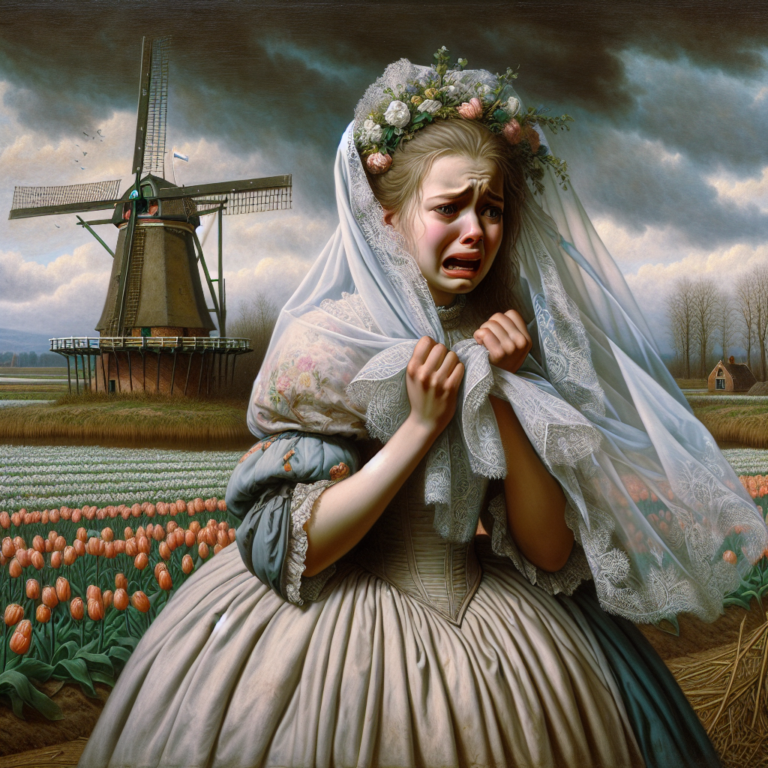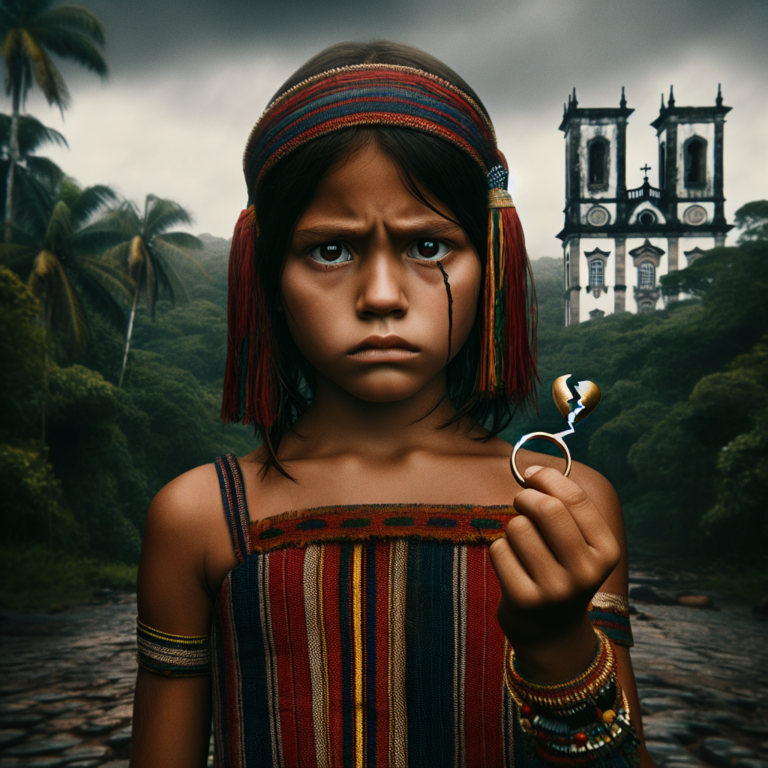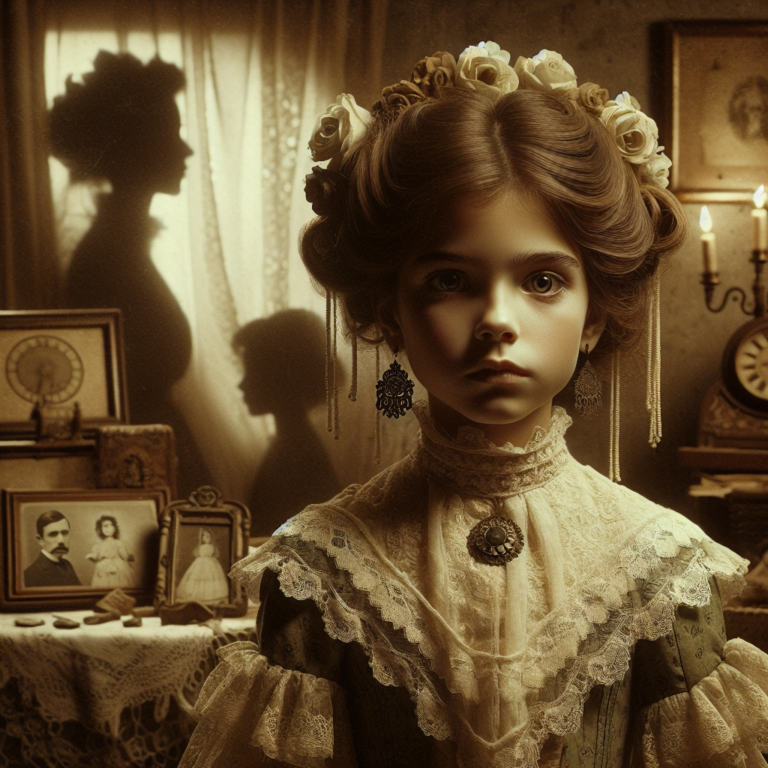ending child marriage
“At the age of 15 I wanted to play [in the] streets with other children but I was forced to marry a [man] who was double my age. Everybody other than me was happy,” says a young Pakistani woman who recalls how she felt being 15 and a bride.
She is taking part in #MyLifeAt15, a global campaign asking governments to deliver on their Global Goals’ commitment to end child marriage by 2030. According to UNICEF, 1 in 5 girls in Pakistan are married before their 18th birthday.
But change is on the way. In 2014, the province of Sindh raised the age of marriage to 18 while earlier this year Punjab toughened penalties against child marriage. Yet the north-western region of Khyber Pakhtunkhwa – where 1 in 4 girls are married off before 18 – is lagging behind, according to campaigners.
Tougher legislation against child marriage
Ahead of International Day of the Girl, several coalitions and civil society organisations used #MyLifeAt15 to mobilise communities, draw media attention to child marriage, and pressure the government to act.
“The government has made some efforts but they have been in power for two years and the legislation is still not coming. Citizens have waited for too long,” explains Qamar Naseem, the coordinator of the Alliance to End Child Marriages KP and MEN UNiTE, two organisations that took part in #MyLifeAt15 in the region.
“We are asking the provincial government to table the Child Marriage Restraint Amendment Bill (2015) and work with civil society to develop and implement policies and programmes to end child marriage and support married girls.”
Were you ready for marriage at 15?
Armed with sheets of paper and a camera, they asked people to think back to when they were 15. What did they want to do? Were they ready for marriage? The impact was immediate.
“This is the first time that we have had so many people join in. The campaign helped us reach new allies that had never connected to the issue of child marriage before,” explains Qamar. “Political parties, government department heads, journalists, they saw the campaign photos and wanted to join.” Importantly, Qamar says, “people got the message very clearly. At 15, nobody wants to be married.”
Taking a stand by sitting down
In addition, #MyLifeAt15 campaigners grabbed the media’s attention with a sit-in. Held in front of the Peshawar Press Club on Peshawar’s main road, “journalists had to walk through us to get to the press club,” Qamar explains. “Many of them asked why we were sitting, why we wouldn’t finish, what our demands were. The Head of the Press Club joined us, sat in support for over an hour.”
The news spread quickly, reaching the ears of the government. “They sent the head of the Human Rights directorate to close the sit-in peacefully. They told us: We are ready to listen to your demands.”

Activists at the joint civil society sit-in for #MyLifeAt15
The day after, they met with the advisor to the Chief Minister and delivered their petition. They were able to express their concerns about the delayed legislation and the gaps in the draft, including a clause that allows child marriages that happen in “good faith”. They asked that the state government and the national human rights institutions work hand in hand with civil society in developing and implementing legislation.

Campaigners meet the advisor to the Chief Minister about adopting stronger legislation against child marriage
The dialogue continues. The state government joined the Day of the Girl celebrations. The alliance has been asked to make a presentation on child marriage in the provincial assembly, and meetings with the Children, Human Rights and Women’s Commissions to discuss the legislation have been set for this month.

Honourable Neelam Toru, Chair of the Provincial Commission on the Status of Women, speaks to media on International Day of the Girl
Recipe for a successful campaign
According to Qamar, the campaign was a success for several reasons.
(1) Asking people to look back on their teenage years and put themselves in a girl’s shoes helped start a conversation on child marriage. It also enabled girls to share their own experiences and dreams for the future.
(2) Media attention was necessary to encourage the government to work faster and listen to their concerns.
(3) The presence of men and boys helped the campaign reach a broader audience. “For the first time, men were in the media talking about women’s rights and child marriage.” In a context where men continue to hold the power, “men are in a position to bargain and bring instant changes,” especially on what is often seen as a women’s issue.
(4) By joining hands, civil society was able to speak with one voice. “All of our logos were on the banners, all the coordinators were there, and we all carried the same message. All civil society alliances were on the same page and the state government had to listen to them.”
What next?
The government’s response to #MyLifeAt15 has been encouraging, says Qamar, but we need to keep up the pressure. “Let’s make child marriage a voting issue. In 2017, there is going to be a general election. We want child marriage to be an issue over which political parties have to compete. #MyLifeAt15 can make it happen.”
[Note: The participating organisations were: Alliance to end early, child and forced marriages, Blue Veins, PVDP, Tribal NGOs Consortium, MEN UNiTE, Pakhtunkhwa Civil Society Network and National Action Coordination Group (NACG).]
Did you use #MyLifeAt15 to encourage action on child marriage? Let us know in the comments!


